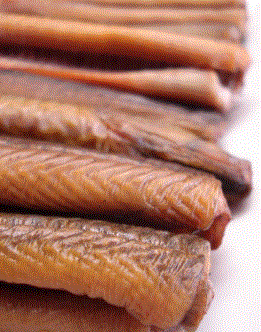Tomato industry byproduct utilization
- eeliosbbqsauce
- Jun 19, 2018
- 2 min read
Tomato is a commodity of high commercial value for the primary and secondary production in the European AgriFood sector with 11 million tons produced in 2017, of which 60% supply the processing industry. In Greece tomatoes are in the top ten (10) most produced commodities. On 2016, 1 million (1.044.346) tons of tomatoes are produced and 18,042 h area are harvested (http://www.fao.org/faostat/). Tomato cannot be preserved fresh and is usually stabilized as concentrate to be used in the formulation of processed tomato products. The stabilization includes heat treatment to ensure microbiological safety and avoid enzymatic reactions such as pectinolytic enzymes (e.g. liquefaction of product) or oxidase, involved in aroma and colour modifications. Important quantities are processed to obtain different products, including tomato juice, paste, puree, ketchup and sauces. These products can be sold either as individual products or be included as ingredients in more complex multi-component food products (e.g. ready to eat pasta meals). Being one of the most traditional and well established industrial sectors, tomato processing industries suffer innovation. The industrial processing of tomato is accompanied by the generation of waste - tomato pomace (seeds and skins) which comprise about 1–5% w/w of the total tomato processed into tomato products. Large quantities of tomato processing byproducts (mainly peels and seeds) are generated by tomato industrial processing plants, in which the most serious problem is the accumulation, handling and disposal of processing wastes and byproducts. On the other hand, they are available at no additional raw material cost, and their utilization can contribute to the creation of value added products and their commercial valorization, which is the latest trend in development of functional food of vegetable origin. Tomato waste is considered as an important source of natural carotenoids. The carotenoid content of dry tomato by-products collected from a commercial tomato processing plant amounted to 793.2 and 157.9 μg/g, for peel and seed byproduct, respectively. However, this content may vary, depending mostly on the tomato variety and on the industrial processing methods. In a recent study the major carotenoids found in tomato processing waste were lycopene (413.7 μg g−1 dry weight) and β-carotene (149.8 μg/g dry weight).




Comments